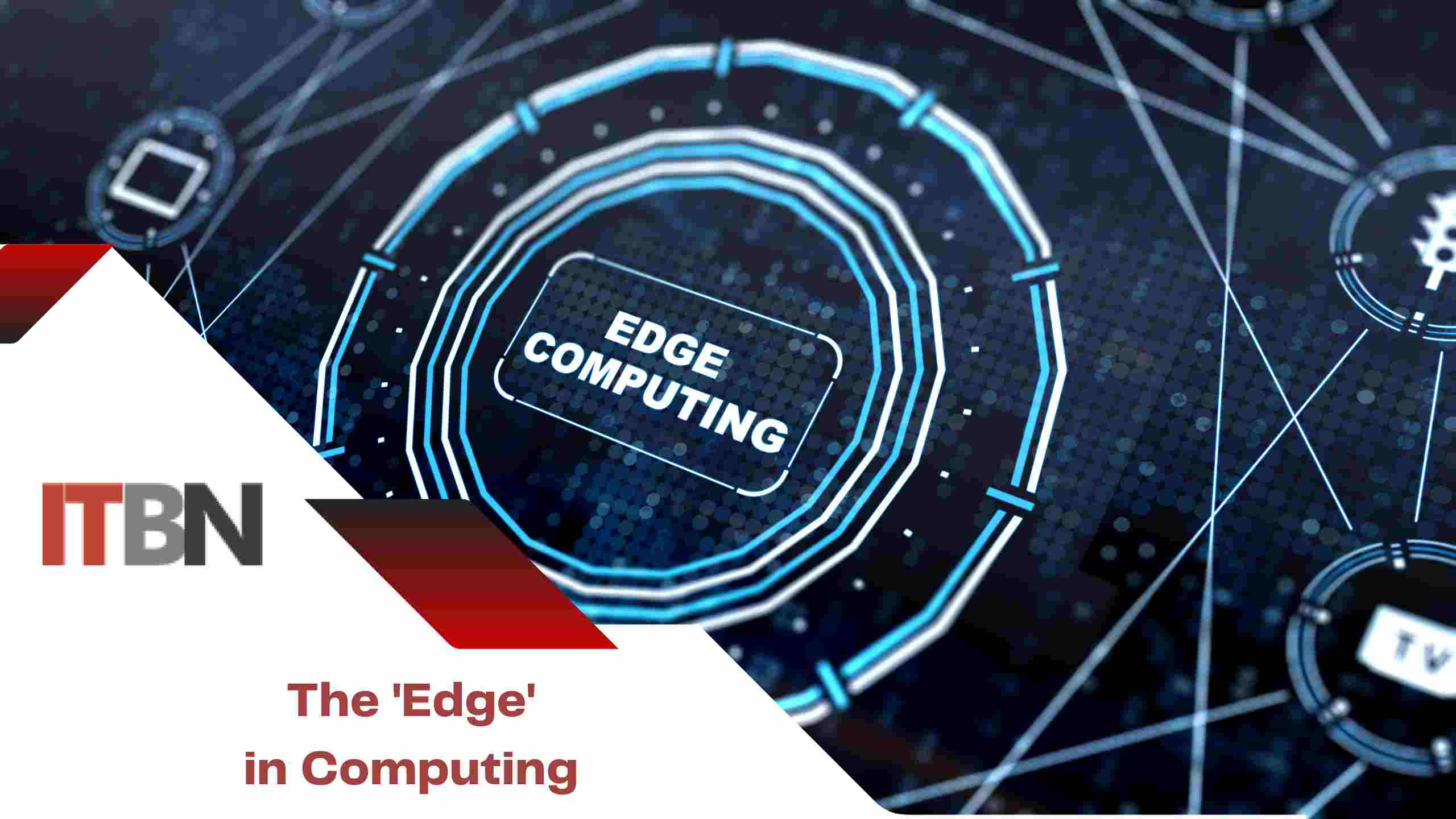
Edge computing is a newer technology that is quickly gaining traction in the tech industry. Edge computing is the practise of processing and analysing data at the network’s edge rather than sending it all to a centralised data centre or cloud. This approach has several advantages, including improved performance, reduced latency, increased security, and more efficient bandwidth utilisation. In this article, we will look at the advantages of edge computing and how it is changing the way we process and analyse data.
Improved performance is one of the primary advantages of edge computing. Edge computing can reduce the amount of data that needs to be transmitted to a central data centre or cloud by processing data locally, at the network’s edge. This reduces network congestion and can improve data processing and analysis speed and reliability. Furthermore, edge computing enables real-time data processing and analysis, which is critical in applications like autonomous vehicles and industrial control systems.
Another advantage of edge computing is lower latency. Latency is the time lag between when data is sent and when it is received. Latency can be significantly reduced when data is processed and analysed locally, at the network’s edge.
Edge computing has the potential to improve security. Edge computing can reduce the amount of sensitive data transmitted to a central data centre or cloud by processing and analysing data locally at the network’s edge. This reduces the risk of data breaches and has the potential to improve data privacy. Furthermore, edge computing enables real-time threat detection and response, which is critical in applications like cybersecurity and surveillance.
Another advantage of edge computing is more efficient bandwidth utilisation. Edge computing can reduce the amount of data that needs to be transmitted to a central data centre or cloud by processing and analysing data locally at the network’s edge. This reduces bandwidth requirements and can lower data transmission costs.
Edge computing is also adaptable and scalable. Edge computing, which processes and analyses data locally at the network’s edge, can be used in a wide range of applications and industries, from manufacturing to healthcare to retail and transportation. Furthermore, edge computing can be easily scaled up or down to meet changing demands, which is critical in applications where data processing and analysis requirements vary greatly.
Edge computing can also improve the user experience. Edge computing enables faster and more personalised responses to user requests by processing and analysing data locally, at the network’s edge. This is especially important in applications like e-commerce and customer service, where quick response times and personalised experiences are critical to success.
Edge computing has the potential to enable new applications and business models. Edge computing, which processes and analyses data locally at the network’s edge, can enable previously unimaginable applications and services. Edge computing, for example, can enable real-time predictive maintenance in industrial applications or real-time health data monitoring and analysis in healthcare applications. Furthermore, edge computing can enable new business models that are more flexible and cost-effective than traditional models, such as pay-per-use or subscription-based models.
Furthermore, edge computing is adaptable and scalable, allowing for the development of new applications and business models. As edge computing evolves and matures, we can expect to see more widespread adoption and innovative applications of this technology.

